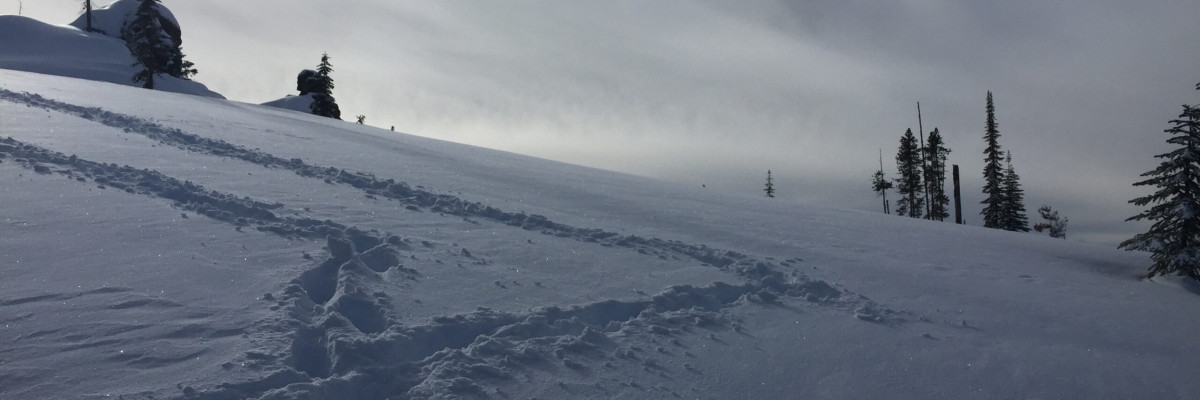The current avalanche danger is LOW for the west central Montana backcountry. Human triggered avalanches are still possible in isolated terrain.
Good morning, this is Travis Craft with the West Central Montana Avalanche Center’s avalanche advisory for January 24, 2017. This danger rating does not apply to operating ski areas, expires at midnight tonight and is the sole responsibility of the U.S. Forest Service.
Weather and Snowpack
Mountain temperatures range from 11 F to 18 F in the region. Winds are 8 mph with gust of 13 mph out of the NNE in the Bitterroot. Point Six, in the northern part of the advisory area, winds are reading 9 mph with gusts of 13 mph out of the E. The forecast area received 0 to 2 inches of new snow in the last 24 hours. The new snow had SWE’s ranging from 0 to .2 inches of water.
Tim and I took sleds to Granite Pass in the northern Bitterroot, yesterday. Matt and Josh were in the Rattlesnake over the weekend, teaching a level 1 class. All of us observed fresh shallow wind slabs. We saw no propagation in ECT’s.
Today’s primary avalanche problem is small, shallow wind slabs. These slabs are 1 to 2 inches in depth. They are isolated on leeward terrain. Wind slabs can be identified by smooth rounded pillows on the surface near ridgelines.
The second avalanche problem is persistent slabs. There are two layers (1.) 2 feet from the surface of near surface facets and (2.) the basal facets on the ground. These instabilities are healing, and we have not seen propagation in tests for almost two weeks. Still, dig a pit before committing to any steep slopes.
Avalanche and Weather Outlook
A subtle disturbance is moving through the region today through Wednesday; this will bring a couple of inches of snow to the area. With these conditions, the avalanche danger will stay the same.
Join us tonight at the University of Montana in the North Urey Lecture Hall at 6:00 pm for a free lecture on Introduction to Avalanches.
If you are out in the backcountry, please send us your observations, these are very helpful in producing the advisory. I will issue the next advisory on January 26, 2017.
Ski and ride safe.
























